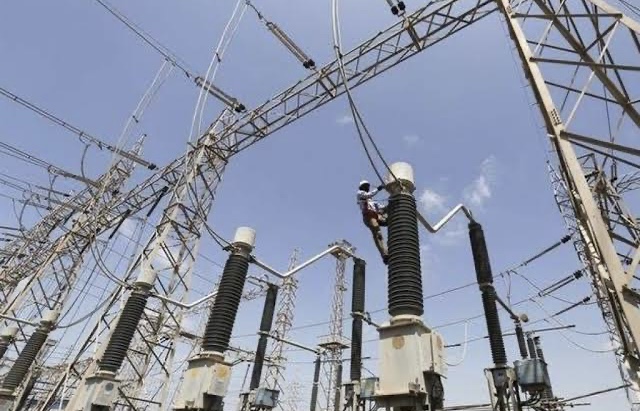Eskom, the state-owned power utility of South Africa, has initiated load reduction measures across seven provinces to manage the strain on its electrical network. This strategic move aims to protect the infrastructure from potential damage due to overloading, especially during the cold winter months when the demand for electricity surges.
The provinces affected include Limpopo, the Western Cape, the Eastern Cape, Gauteng, Mpumalanga, North West, and KwaZulu-Natal. Notably, this decision comes even as Eskom celebrates over 100 consecutive days without loadshedding, highlighting the utility’s adequate generation capacity to meet the current power demand.
However, the necessity for load reduction stems from the excessive demand that exceeds the capacity of the existing equipment in certain areas, particularly where electricity theft and the indiscriminate use of power are prevalent. These practices have led to a critical state of network overloading, threatening the integrity of transformers and substations. Such overloads pose serious risks, potentially leading to explosions that could cause injuries.
Monde Bala, Eskom’s distribution group executive, emphasized the severity of the situation. “Overloaded transformers as a result of electricity theft present a serious risk to human life,” he stated. Bala further explained that the implementation of load reduction is a last resort, used only after all other preventive measures have been exhausted. When transformers are damaged due to overloading, it can take up to six months to restore power, significantly impacting local communities.
Currently, there are about 2,111 transformers at risk of being damaged due to frequent overloads, with approximately 900 awaiting replacement. This situation is particularly dire in the seven provinces mentioned, where about 94% of the total transformer overloads are reported.
Eskom’s load reduction typically occurs during peak usage times from 05:00 to 07:00 in the morning and from 17:00 to 19:00 in the evening. This schedule is strategically set to mitigate the risk of overloading when it is most likely to occur. To communicate with affected customers, Eskom uses various channels including SMS and Customer Connect newsletters, ensuring that residents are informed about the timing and duration of load reduction measures.
The widespread issue of electricity theft involves illegal connections, theft of network equipment, vandalism, meter tampering, unauthorized operations, and the purchase of electricity from illegal vendors. These activities not only compromise the safety of the electrical network but also hinder Eskom’s ability to provide reliable service.
In response to the growing demand and the challenges posed by electricity theft, Eskom has invested in increasing the capacity of its infrastructure. Despite these efforts, the demand continues to escalate, making the situation unsustainable. The utility has actively engaged with communities to educate them about the safe and efficient use of electricity and has removed illegal connections in some areas. However, the problem of network overloading persists.
Eskom’s approach to load reduction seeks to spare paying customers from outages whenever possible. However, the current configuration of the network does not allow for dedicated supply lines solely for paying customers, making selective load reduction impractical. To mitigate the impact of load reduction and prevent abrupt losses of supply, Eskom is urging customers to minimize their electricity usage and ensure their connections are legal and payments are made to authorized vendors.



